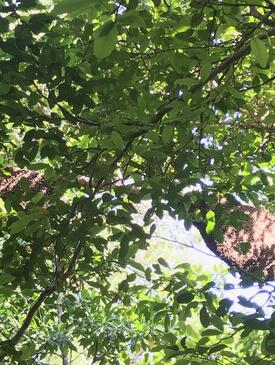Sustainable mangrove honey utilization in Kubu Raya
Summary
The Blue Forests – ELTI Program is hosting a field course on sustainable mangrove honey production with the community of Batu Ampar Village in West Kalimantan. The community of Batu Ampar Village, which is located in a coastal area, generally depend on fishing and illegal charcoal making from the wood of mangrove trees, which is causing significant deforestation. One strategy for reducing the community’s economic dependence on charcoal from the mangroves is increasing their understanding of the other values and benefits that can be derived from mangrove ecosystems such as the utilization of non-timber forest products (NTFP). The potential for non-timber forest products in mangroves includes the utilization of mangrove fruits, leaves, and honey. These non-timber forest products have the potential to become alternative sustainable livelihood options for the community and could reduce the pressure on the mangrove forest.
Content
1. Participatory mapping of potential mangrove honey locations, including a discussion about honeybees as an important ecosystem component in mangrove forests.
2. Field practice on marking potential locations for mangrove honey and assessing the habitat and life cycle stages of mangrove bees.
3. Mangrove honey harvesting techniques.
- Identification and mapping of mangrove beehives
- Harvest rotation and selection of mangrove trees
- Honey harvesting
4. Post-harvest processing practice.


